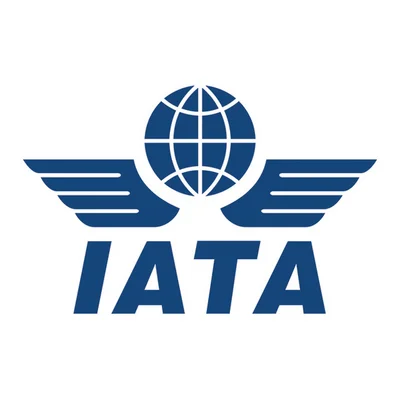The Boeing 737 MAX 9 is known for its long takeoff roll, requiring 8,500 feet at sea level and maximum takeoff weight. This extended run is due to the aircraft's size and weight. The MAX 9's maximum takeoff weight is 194,700 lbs, significantly heavier than its predecessors. Despite this, it uses the standard CFM International LEAP-1B engine, resulting in a low thrust-to-weight ratio of 0.15.
The aircraft will remain the largest operational 737 variant until the certification of the 737 MAX 10, expected by year-end. Both models have a higher risk of tail strikes due to their length and pitch limits. In February 2023, two Alaska Airlines flights experienced tail strikes minutes apart in Seattle due to a software issue that misrepresented aircraft weight.
The predecessor, the 737-900ER, also had a long takeoff roll of up to 7,546 ft. Factors such as poor thrust-to-weight ratio and unusual weight distribution contributed to this.
 Alerts Sign-up
Alerts Sign-up




































